Bagging Fruit Trees – Why Put Bags On Fruit While Growing
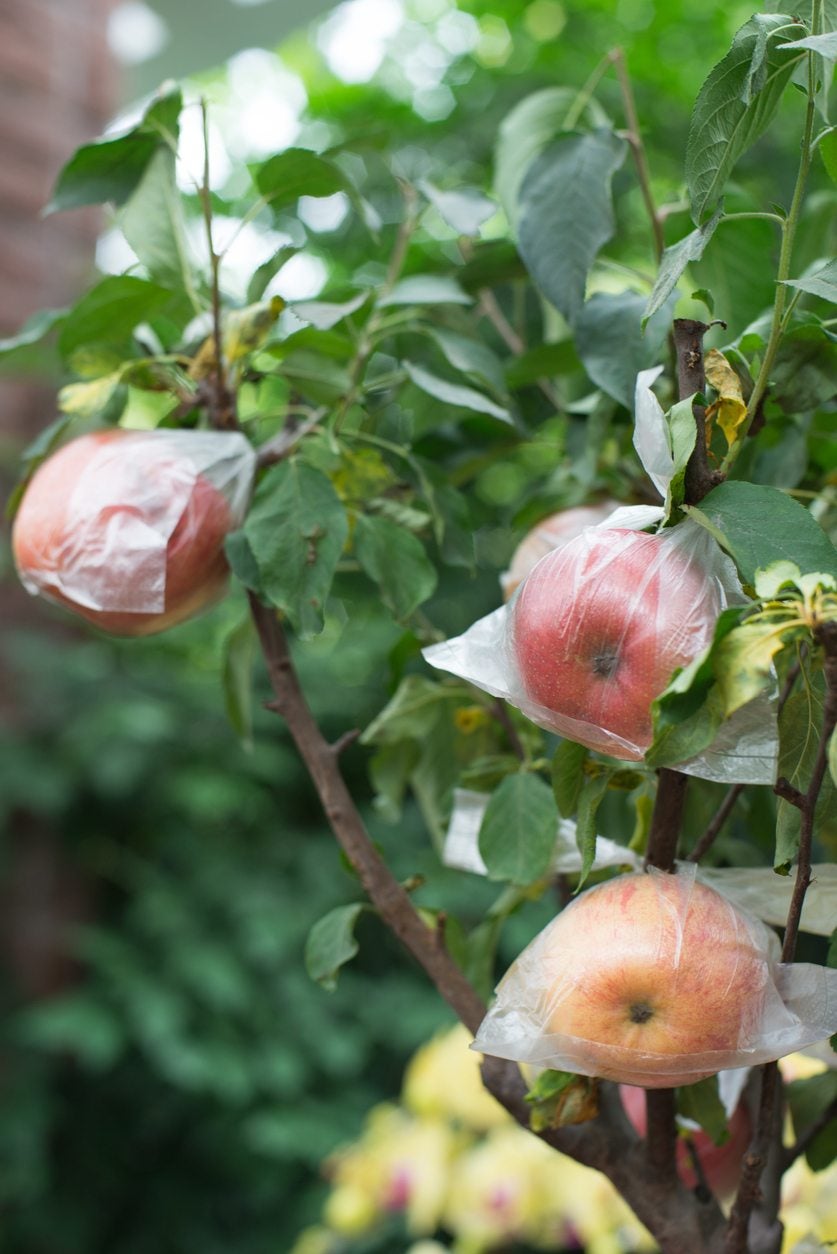

Many backyard fruit trees offer several seasons of beauty, starting in spring with the showy blossoms and ending in autumn with some kind of fall show. And yet, what every gardener wants most from a fruit tree is fruit, juicy and ripe. But birds and insects and fruit tree diseases can ravage your crop. That’s why so many gardeners have started growing fruit in bags. Why put bags on fruit? Read on for a discussion of all the reasons for bagging fruit trees.
Should I Bag My Fruit?
When you installed those fruit trees in your backyard, you probably did not intend to start growing fruit in bags. But you may not have realized, either, just how much maintenance they would require. For example, commercial growers who want beautiful, blemish-free apples, spray the trees early and often with pesticides and fungicides. The spraying starts in late winter/early spring. It is repeated, often on a weekly basis, through harvest. This may be more work than you want to do and more chemicals than you want to use on your trees. That means you might start asking: “Should I bag my fruit?”. So why put bags on fruit? Bagging fruit trees makes sense when you think about the fact that insects, birds and even most diseases attack fruit from the outside. Bagging fruit means covering young fruit with plastic bags while they are young. Those bags provide a layer of protection between the tender fruit and the outside world. By growing fruit in bags, you can avoid most of the spraying that keeps them healthy. The bags prevent birds from eating them, insects from attacking them, and diseases from deforming them.
Growing Fruit in Bags
The first people to start bagging fruit may have been the Japanese. For centuries, the Japanese have used little bags to protect developing fruit. The first bags they used were silk, specially sewed for the fruit. However, when plastic bags came on the market, many growers found that these worked just as well. If you decide to bag your fruit, this is what you should use. Many home gardeners think that zip-lock bags work best. Thin out young fruit while they are still very small, cover each fruit with a baggie and zip it almost closed around the fruit stem. Make cuts in the lower corners of the baggie to allow moisture to drain. Leave those bags on until harvest.
Gardening tips, videos, info and more delivered right to your inbox!
Sign up for the Gardening Know How newsletter today and receive a free copy of our e-book "How to Grow Delicious Tomatoes".

Teo Spengler is a master gardener and a docent at the San Francisco Botanical Garden, where she hosts public tours. She has studied horticulture and written about nature, trees, plants, and gardening for more than two decades. Her extended family includes some 30 houseplants and hundreds of outdoor plants, including 250 trees, which are her main passion. Spengler currently splits her life between San Francisco and the French Basque Country, though she was raised in Alaska, giving her experience of gardening in a range of climates.
-
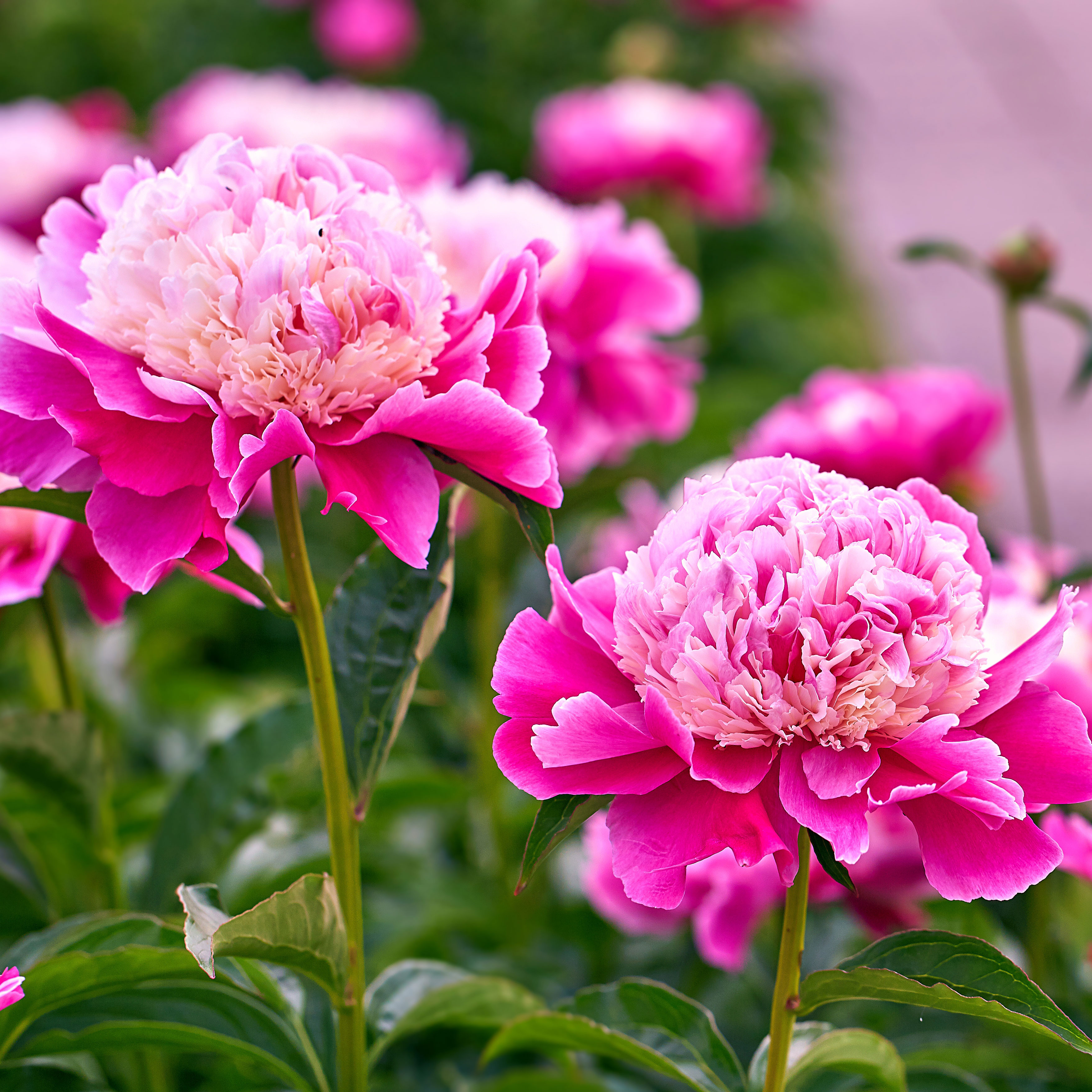 Grow These 8 Pretty Peony Colors To Include In Your Garden For A Spectacular Spring Rainbow
Grow These 8 Pretty Peony Colors To Include In Your Garden For A Spectacular Spring RainbowThere are as many shades of peony as there are types of garden – each more gorgeous than the last. Discover some of the most exhilarating peony colors for your yard
By Teo Spengler
-
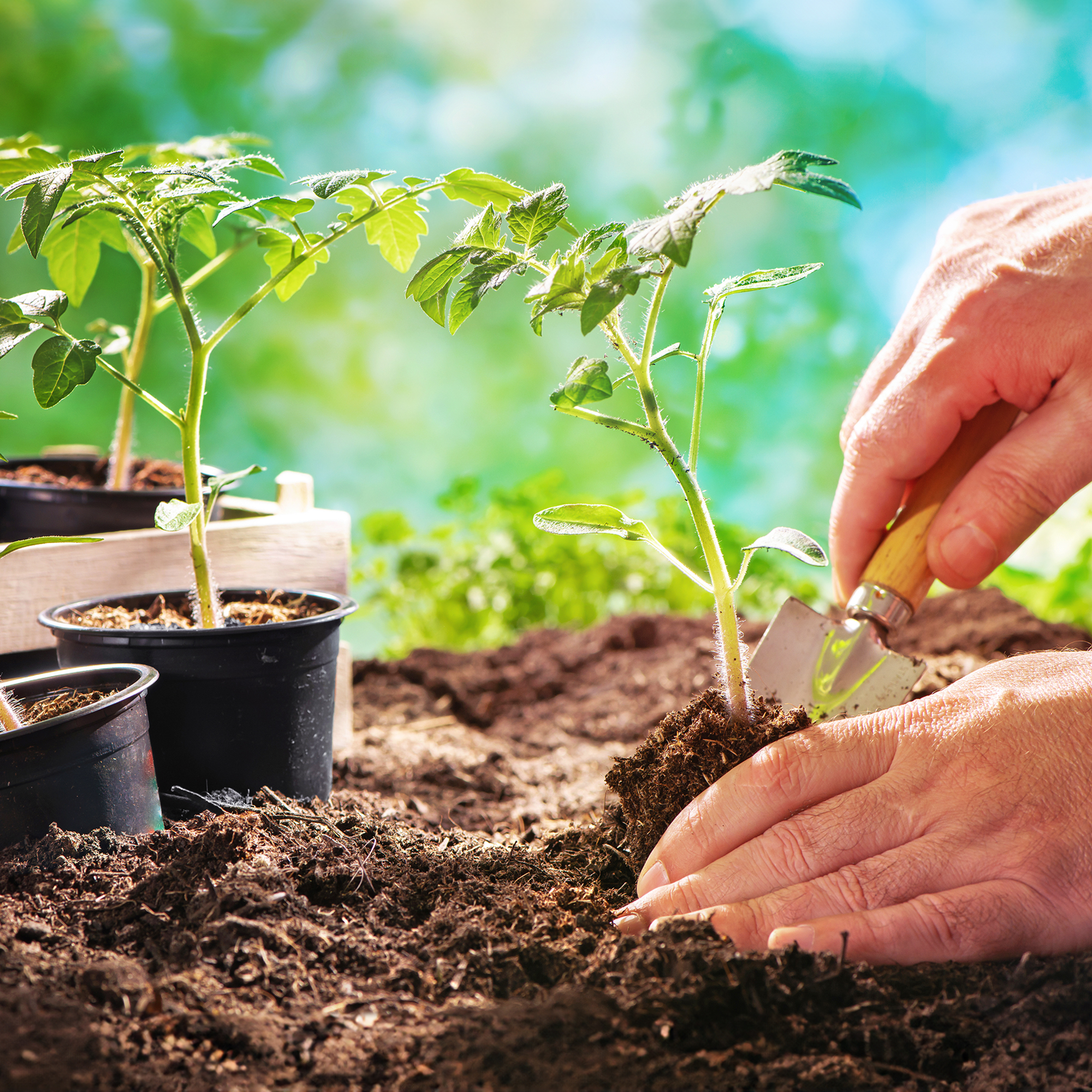 Best Soil Tor Tomatoes: How To Cultivate The Perfect Blend & Add Amendments For A Bountiful Harvest
Best Soil Tor Tomatoes: How To Cultivate The Perfect Blend & Add Amendments For A Bountiful HarvestGive your tomato plants the foundation they need. Learn how to mix the ideal soil and choose the right amendments for your most abundant harvest yet.
By Amy Grant
-
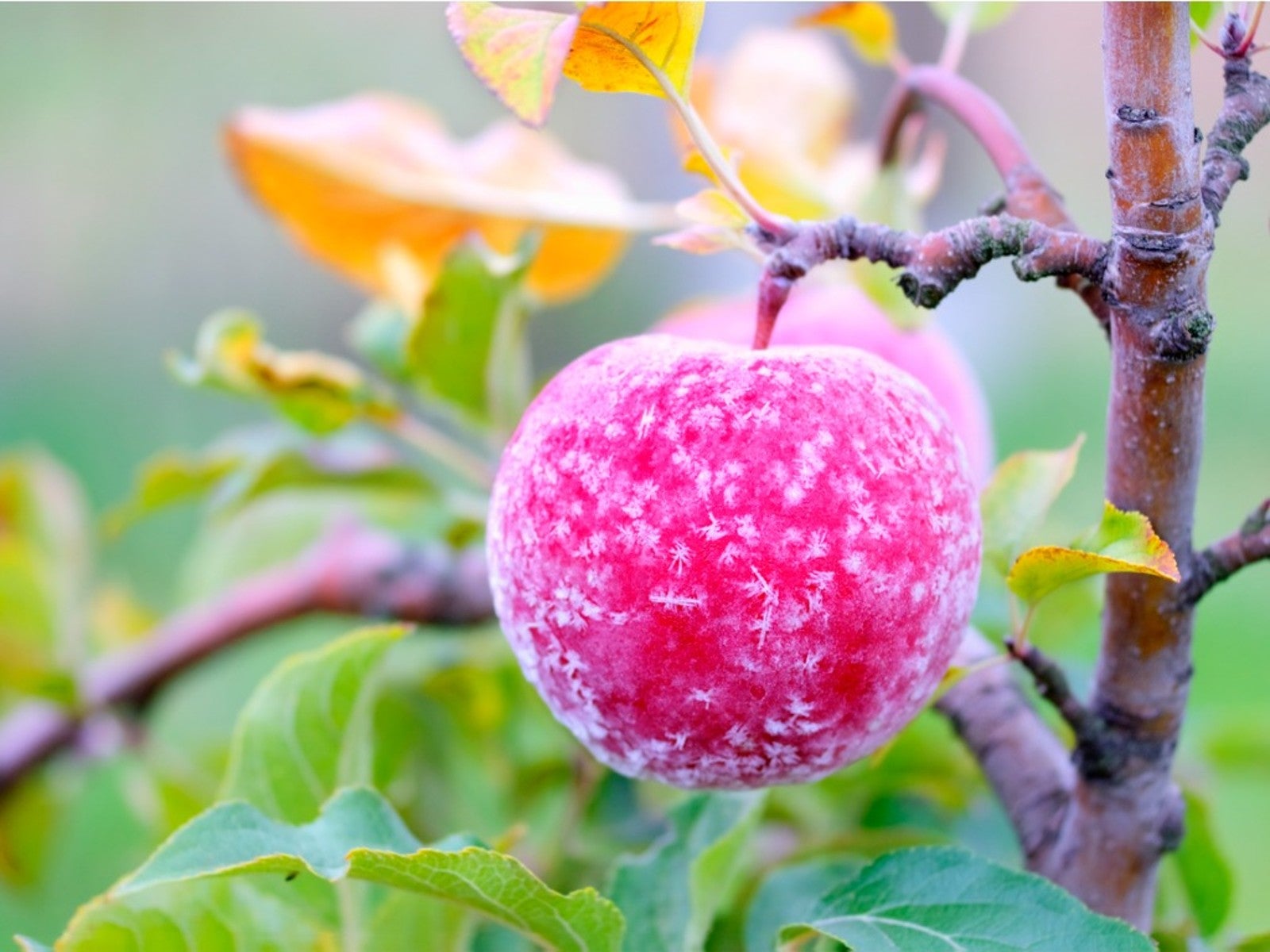 How To Protect Fruit Trees From Frost And Freeze
How To Protect Fruit Trees From Frost And FreezeChoosing fruit trees appropriate for your growing zone is best, but you still may need to protect them from extreme cold. Read how.
By Bonnie L. Grant
-
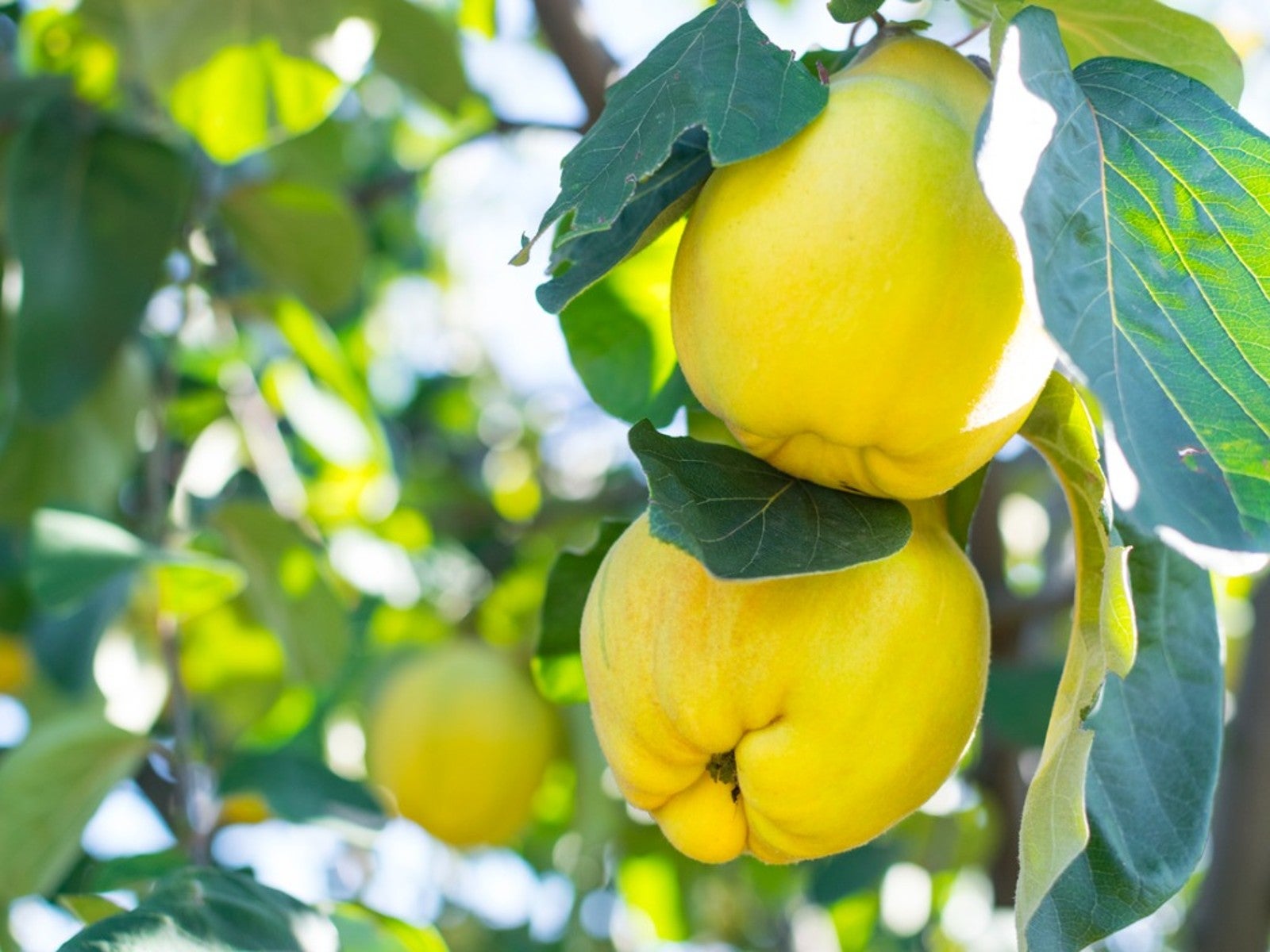 Best Plants For Late Summer and Fall Fruit Harvest
Best Plants For Late Summer and Fall Fruit HarvestEven if you don’t have the optimal conditions for more common fruit trees, there are other end of summer fruits to enjoy.
By Teo Spengler
-
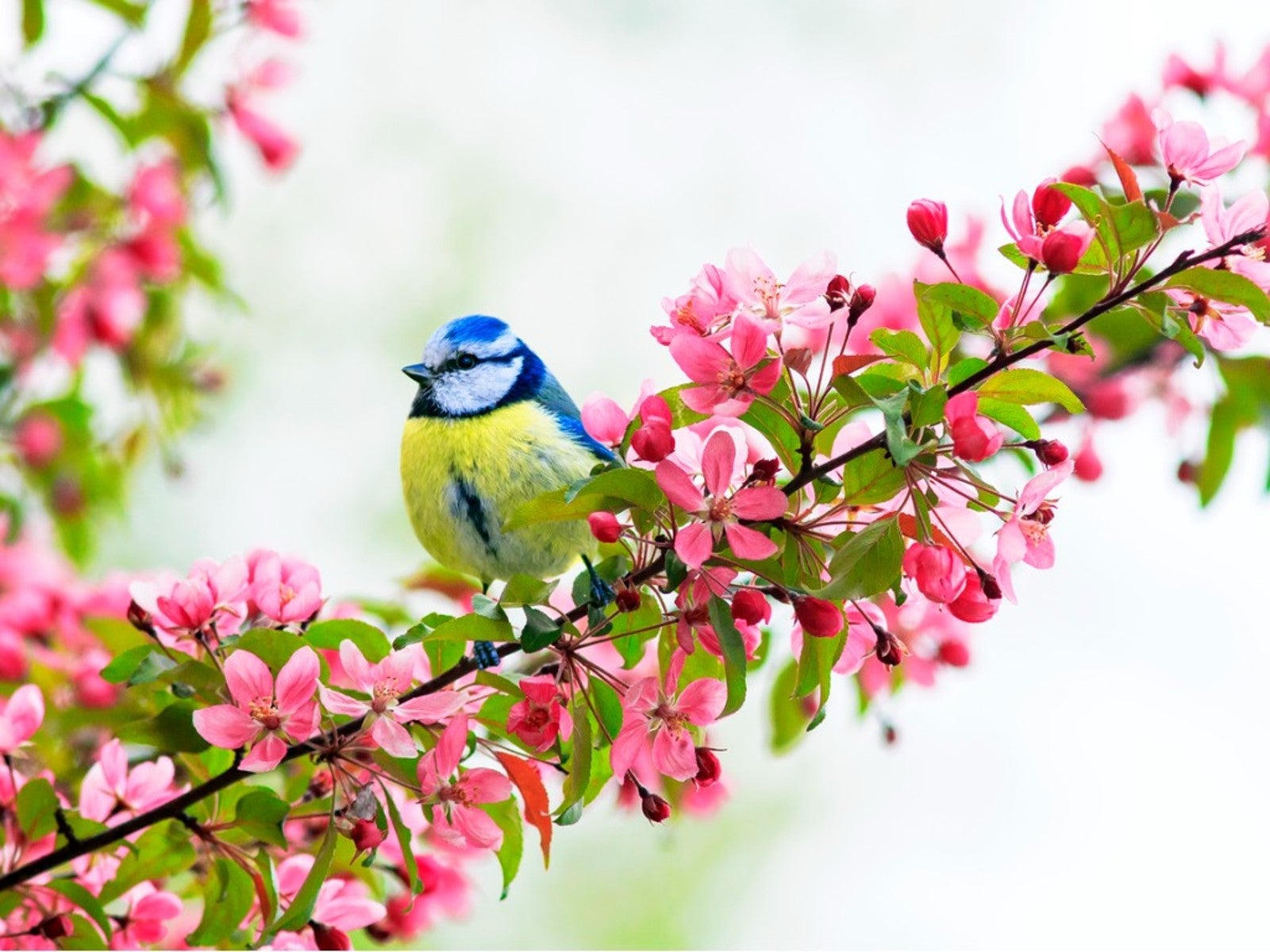 Best Native Fruit Trees To Support Wildlife
Best Native Fruit Trees To Support WildlifeIf you want trees that will attract and feed wildlife, learn the best kinds of edible fruit and nut trees to plant for inviting specific creatures.
By Teo Spengler
-
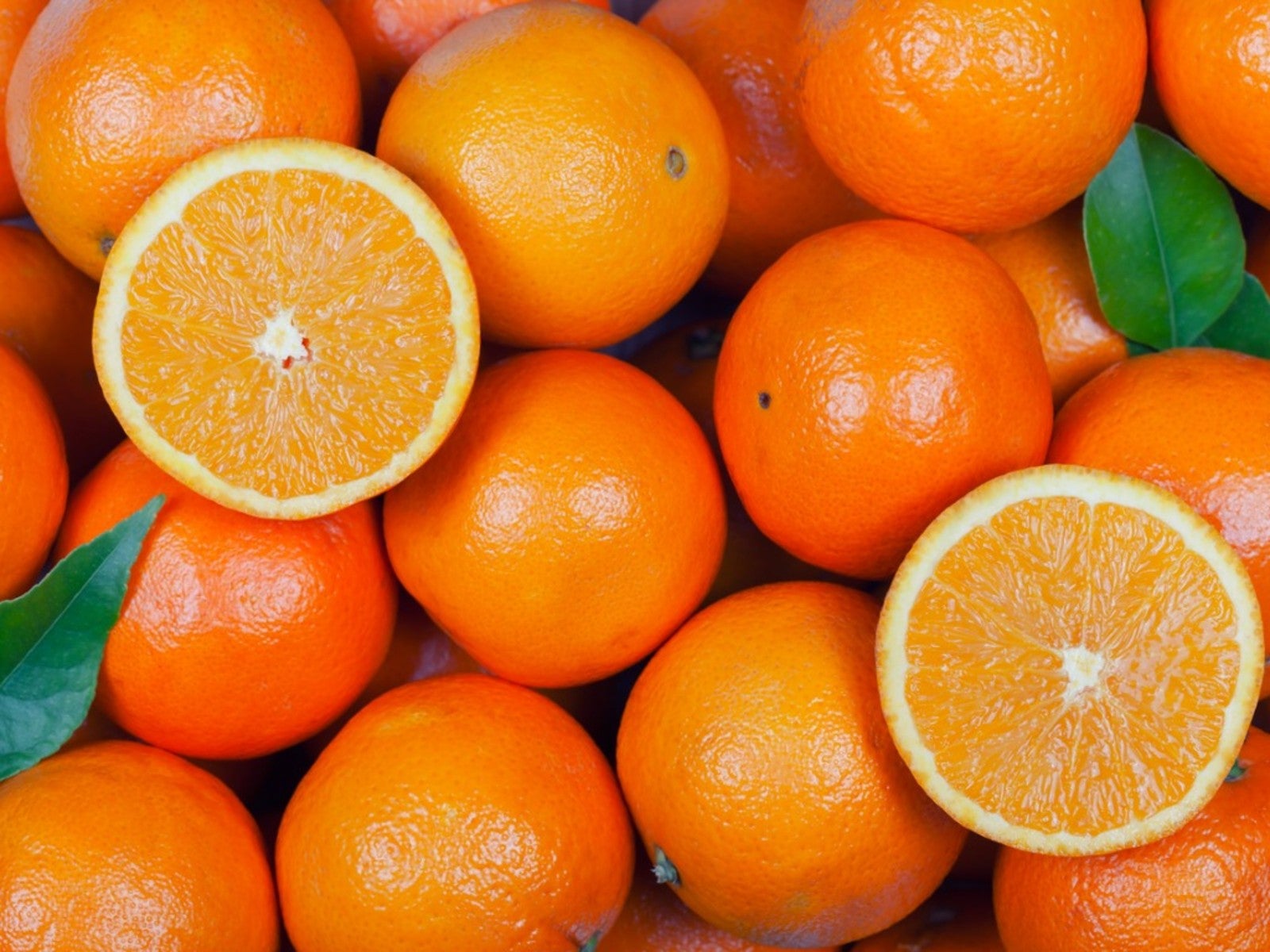 Orange Fruit Varieties: Growing Fruits That Are Orange
Orange Fruit Varieties: Growing Fruits That Are OrangeOrange colored fruit isn’t limited to the citrus orange. There are plenty of other orange colored fruit varieties, each packing a healthful punch. Read on for more.
By Amy Grant
-
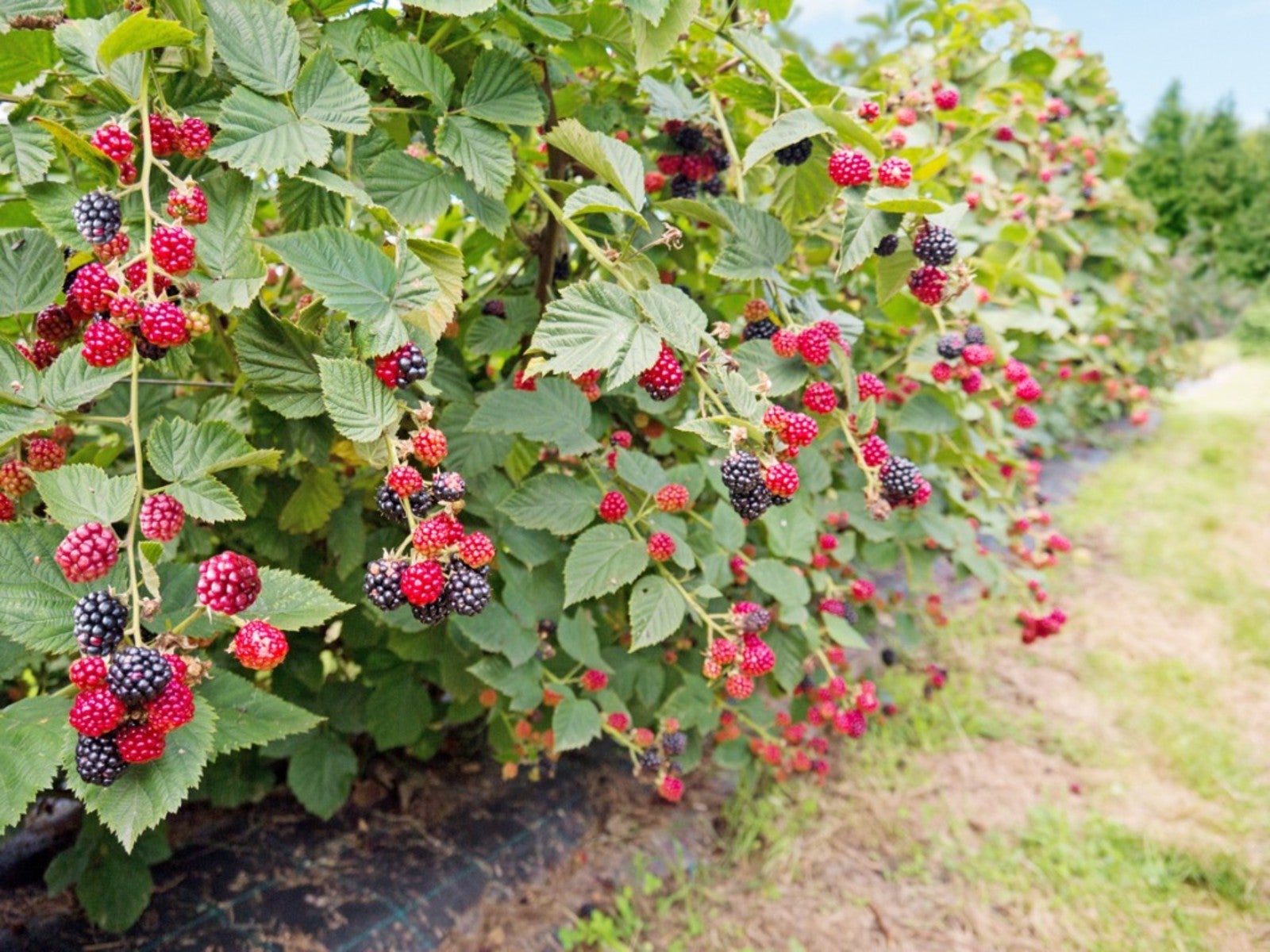 Everbearing Plants: Learn About Everbearing Varieties Of Fruit
Everbearing Plants: Learn About Everbearing Varieties Of FruitWhat does everbearing mean? And more importantly, how do everbearing varieties differ from non-everbearing types? Read on for more.
By Laura Miller
-
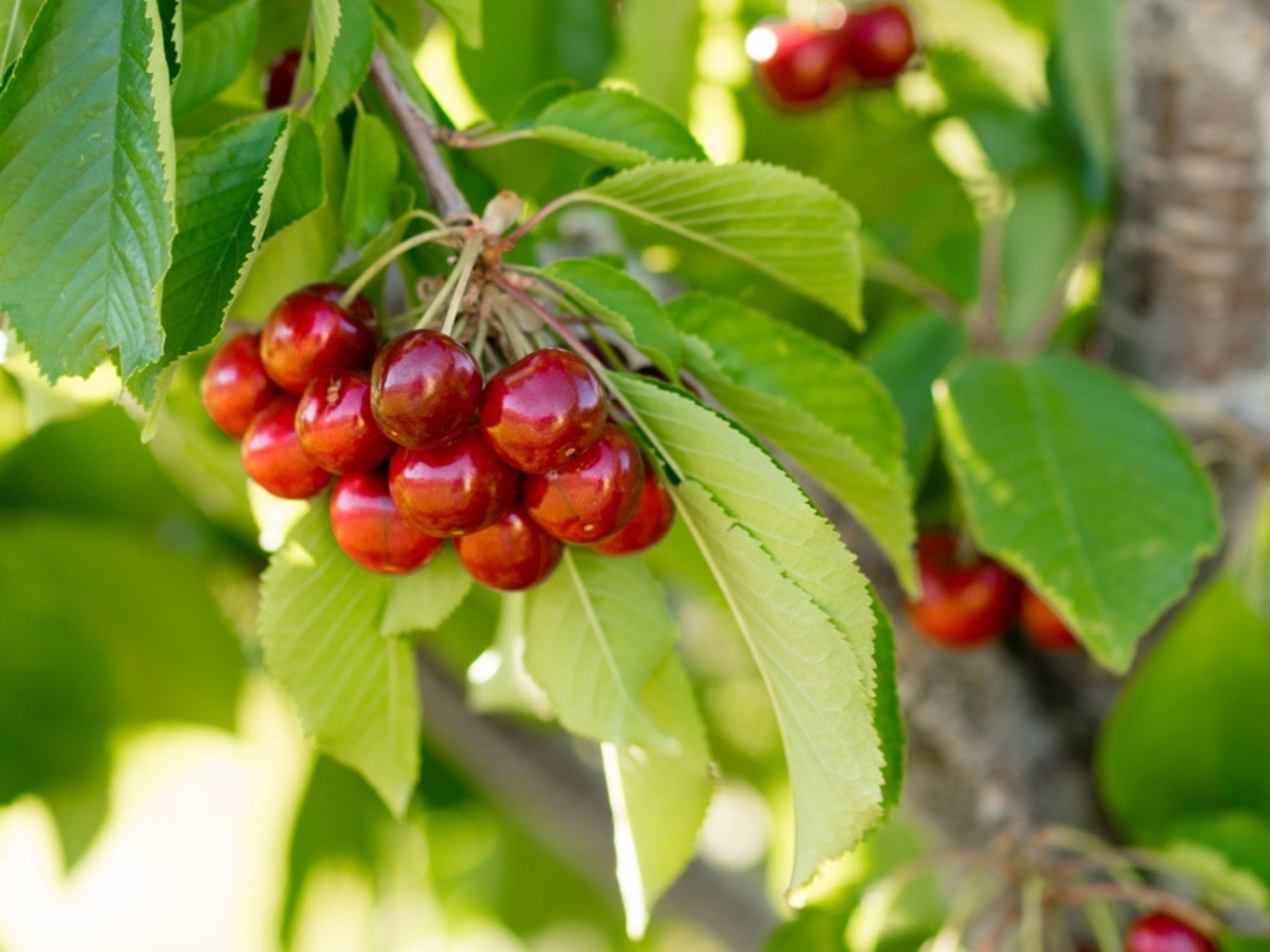 Plant A Red Fruit Garden: Growing Fruits With Red Flesh
Plant A Red Fruit Garden: Growing Fruits With Red FleshPlanting a red fruit garden may seem a bit whimsical. That is, until you realize the health benefits of consuming fruits with red flesh.
By Laura Miller
-
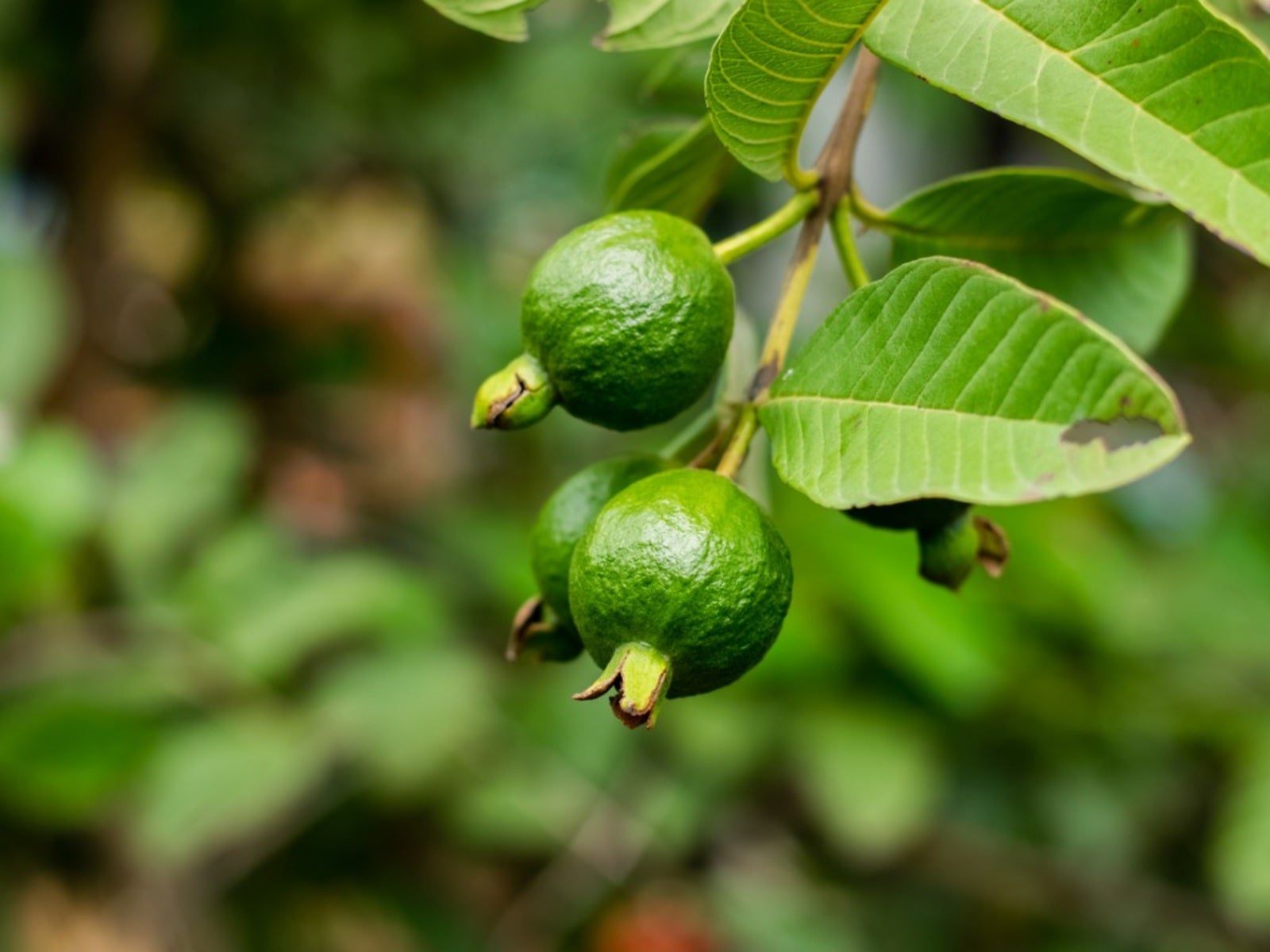 Heat Tolerant Fruits - Growing Fruit In Hot Weather
Heat Tolerant Fruits - Growing Fruit In Hot WeatherSome fruit grows in extreme heat naturally. But there are also specially cultivated, heat-tolerant varieties. For more information on heat tolerant fruits, read on.
By Teo Spengler
-
 Yellow Fruit Varieties - Growing Fruit That Is Yellow
Yellow Fruit Varieties - Growing Fruit That Is YellowWhat fruit is yellow? There's more than the bananas at the supermarket. Try growing yellow fruit for a consistent supply of sunny food.
By Bonnie L. Grant